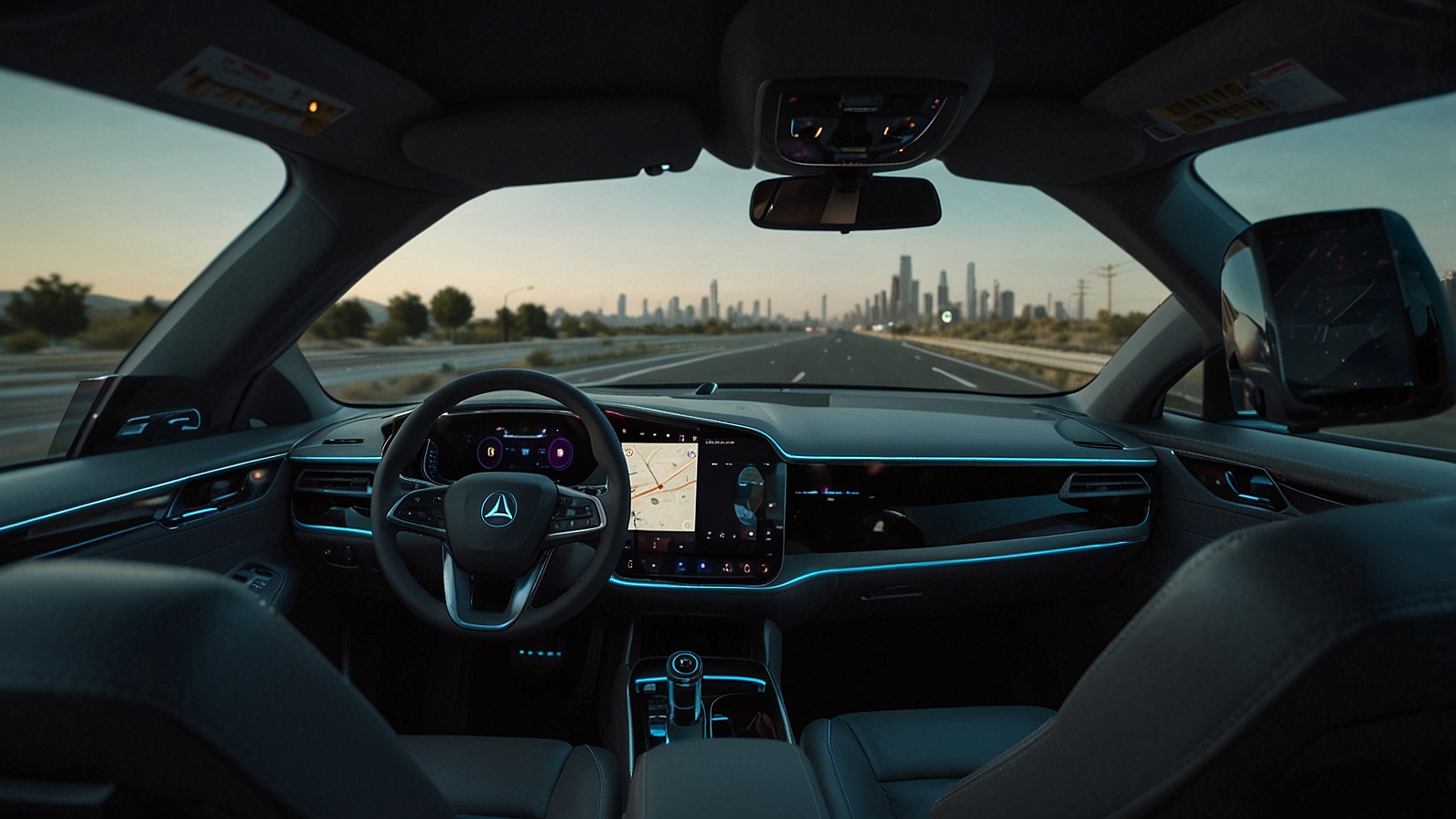Blockchain technology is often associated with cryptocurrencies like Bitcoin and Ethereum, but its applications go far beyond digital currencies. At its core, blockchain is a decentralized, distributed ledger that allows data to be stored across a network of computers. This system ensures that information is transparent, secure, and immutable, which has led to innovations in various industries, from finance to supply chain management, healthcare, and even voting systems.
Understanding Blockchain Technology
Before diving into its broader applications, let’s quickly review how blockchain works. A blockchain is essentially a chain of blocks, where each block contains a list of transactions. These blocks are linked together in chronological order, forming an unchangeable ledger. Once data is recorded in a block and added to the chain, it cannot be altered or deleted, making blockchain a highly secure way to store information.
The decentralized nature of blockchain means that no single entity controls the system. Instead, data is replicated across multiple computers, or “nodes,” in a network, ensuring that even if one or more nodes are compromised, the rest of the system remains intact. This structure makes blockchain particularly useful for applications that require transparency and security.
Blockchain Beyond Cryptocurrencies
While blockchain gained initial popularity due to its role in supporting cryptocurrencies, its potential applications are vast. Let’s explore some of the most notable ways blockchain is being used outside the world of digital currency.
1. Supply Chain Management
One of the most promising uses of blockchain technology is in supply chain management. Companies can use blockchain to track the journey of goods as they move through the supply chain, ensuring transparency, reducing fraud, and improving traceability. With blockchain, every step of the supply chain is recorded on the blockchain, creating an immutable audit trail that verifies the authenticity and origin of products.
For example, Walmart uses blockchain to track food products from farm to store, enabling faster identification of contamination sources and reducing the time it takes to recall affected items. By increasing transparency, blockchain can also help companies improve efficiency and reduce operational costs.
2. Healthcare and Medical Records
Blockchain is revolutionizing healthcare by providing a more secure and accessible way to manage medical records. Traditionally, medical records are stored in siloed databases that are often vulnerable to breaches and inefficiencies. With blockchain, healthcare providers can create a secure, unified system where patients have control over their data.
Blockchain can ensure that medical records are tamper-proof, providing a clear and accessible history of a patient’s treatments and diagnoses. This not only improves patient privacy but also enables better coordination between healthcare providers. Additionally, blockchain can streamline the process of verifying insurance claims, reducing administrative costs and fraud.
3. Digital Identity and Privacy
Another promising application of blockchain technology is in digital identity management. With the increasing amount of personal data being collected online, security and privacy have become major concerns. Blockchain can offer a solution by enabling individuals to control and protect their digital identities.
Through blockchain, users could have a decentralized digital ID that they control. This would allow them to share specific pieces of their identity—such as age, location, or occupation—without revealing unnecessary personal information. This not only increases privacy but also reduces the risk of identity theft.
For example, Estonia has adopted blockchain for digital IDs, allowing citizens to securely vote, access healthcare services, and perform other activities online without the need for a central authority. Blockchain could be the key to achieving greater privacy and security in the digital age.
4. Voting Systems
Blockchain’s ability to ensure secure, tamper-proof records has led to interest in using the technology for voting systems. Traditional voting methods, such as paper ballots or even digital systems, can be vulnerable to fraud and manipulation. With blockchain, votes can be recorded in a transparent and immutable ledger, making it virtually impossible for anyone to alter the results.
Several countries and organizations have experimented with blockchain-based voting systems to increase transparency and security in elections. For example, the Republic of Estonia has conducted successful trials of blockchain-powered voting for local elections, and other countries are exploring similar systems. Blockchain could ultimately lead to more reliable, transparent, and accessible elections worldwide.
5. Smart Contracts
Smart contracts are self-executing contracts with the terms of the agreement directly written into code. These contracts automatically execute actions when predefined conditions are met. Blockchain makes smart contracts possible by providing a decentralized, transparent, and immutable platform for them to run.
Smart contracts are already being used in various industries, including real estate, insurance, and legal services. For example, in real estate, a smart contract can automatically transfer ownership of a property when all the necessary conditions—such as payment and paperwork—are met. This reduces the need for intermediaries, speeds up transactions, and reduces costs.
The Future of Blockchain
As blockchain technology continues to evolve, its potential to reshape industries is vast. While it is still early in its adoption, the growing number of use cases suggests that blockchain could become a fundamental part of various sectors. Financial services, supply chains, healthcare, and governance could all be transformed by blockchain’s ability to provide secure, transparent, and efficient solutions.
However, challenges remain, including scalability, energy consumption, and regulatory concerns. Blockchain networks, especially those used in cryptocurrencies, require significant computational power, raising concerns about their environmental impact. Additionally, governments and regulators are still grappling with how to best manage and oversee blockchain-powered systems.
Despite these hurdles, the future of blockchain technology looks promising. As its applications expand, it’s clear that blockchain is not just a tool for cryptocurrencies, but a transformative technology with the potential to change the way we interact with data, manage systems, and even trust one another in the digital age.
Conclusion
Blockchain technology has far-reaching potential that goes beyond cryptocurrencies. From revolutionizing supply chains to securing medical records and enabling transparent voting systems, blockchain is making a significant impact across industries. As the technology continues to evolve, its applications will only grow, and its transformative potential will become increasingly evident. Understanding blockchain today is crucial for navigating the future of technology, business, and digital innovation.














